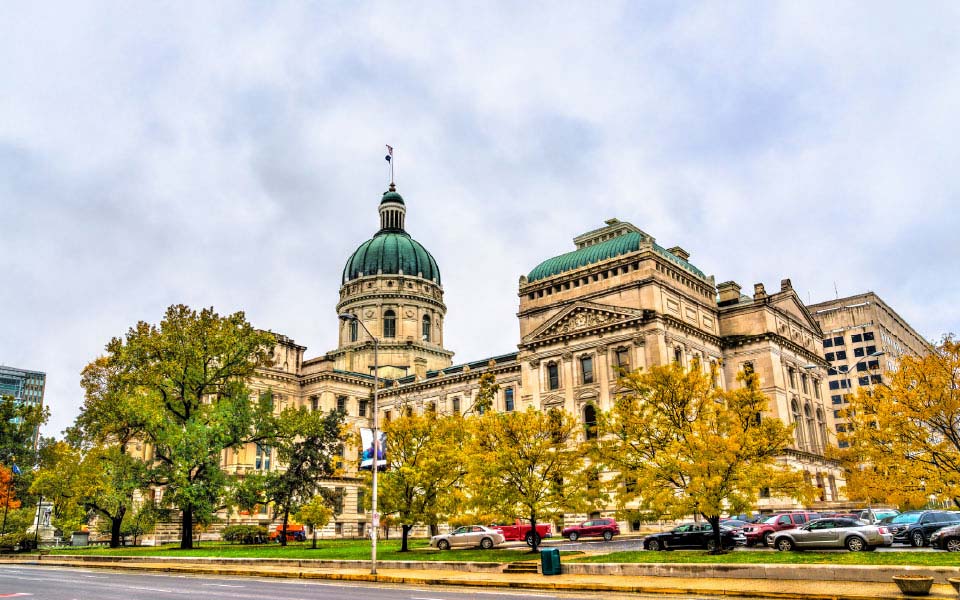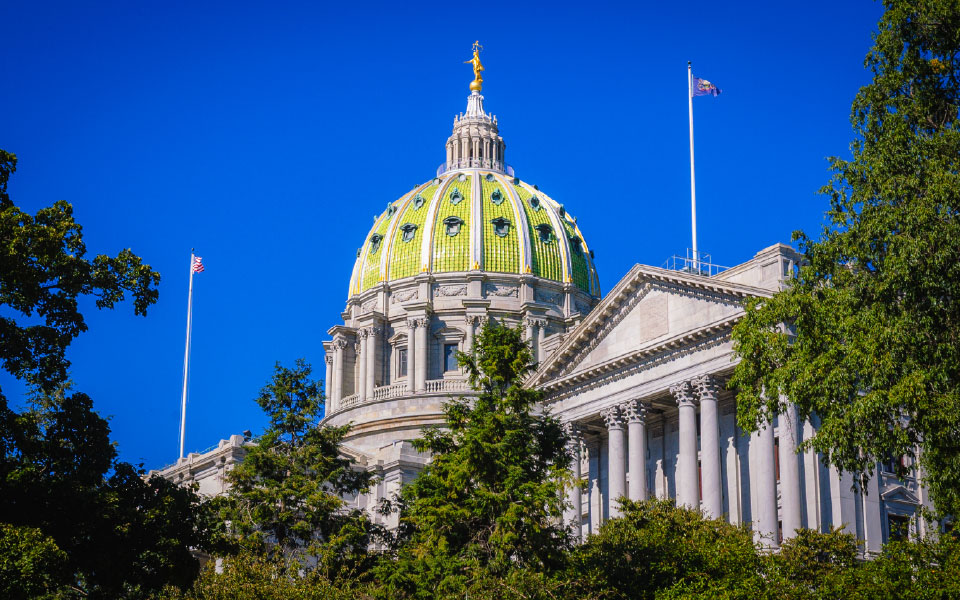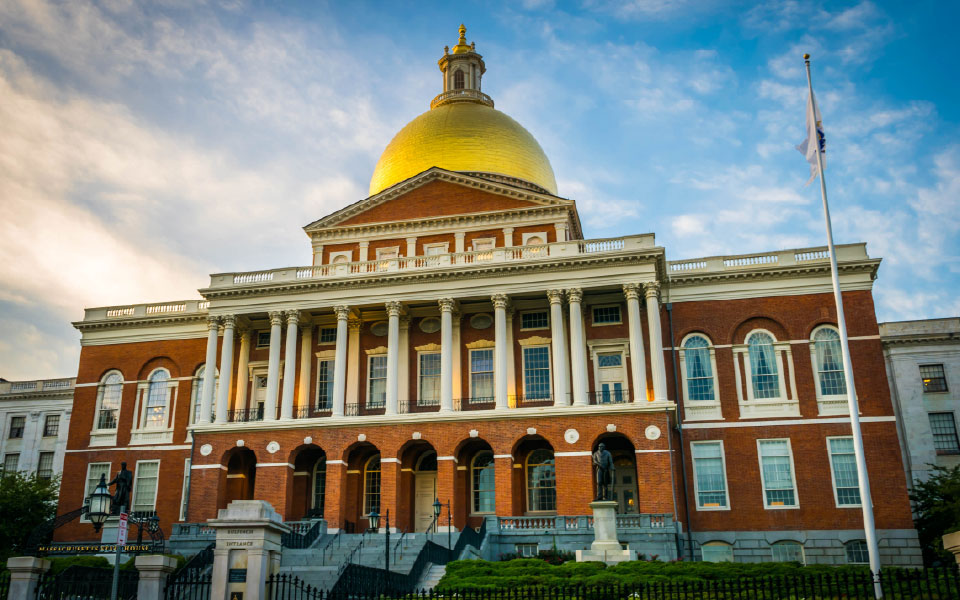While modern building codes and structural engineering have made commercial buildings extremely safe, building owners and facilities managers must take ample preventive measures for aging buildings as they can lose their structural integrity. Negligence of simple repairs can become irreversible and potentially cause significant damage and operational interruptions and even endanger others.
The University of Michigan School for Environment and Sustainability estimates 72% of U.S. commercial buildings are aged 20 years or older. Building owners with facilities reaching this milestone should prepare for updating.
Structural Issues
A competent facilities manager inspects and performs routine maintenance on all components of a building’s functionality. Viewing structural issues as only involving a building’s foundation and walls is a common misconception. In reality, all building systems must work efficiently for a structure to remain sound. Following are common structural concerns.
Concrete Decay
A natural occurrence, concrete decay happens as a building ages. However, several factors can cause concrete to decay prematurely, including:
- Placement issues — Common signs include cracks, visible air bubbles in the concrete, pockets of rocks, honeycombing and cold joints.
- Exposure — Natural elements can cause exposure problems. Regional hazards such as coastal ocean salt, winter use of rock salt and acid rain will increase the rate of concrete decay.
- Wind — Excessive exposure to wind can account for shrinkage cracks and erosion of outer building concrete layers.
- Freeze-thaw cycles — Freezing temperatures and precipitation that dampens and cools concrete without proper drainage will cause expansion, scaling and delamination.
- Steel support corrosion — Steel erosion influences expansion and tensile stresses within the concrete, which results in cracking, delamination and spalling.
Decayed concrete should be repaired or replaced immediately as the building could sustain severe structural defects or collapse.
Roofing
Many factors can affect the lifespan of a commercial building’s roof, including roof type, regional climate and maintenance history. A deteriorated roof allows moisture to spread and will affect other systems. Have your building’s roof inspected twice a year. Evaluate its condition in the summer, when the weather is at its hottest, and again in the winter during freezing temperatures.
Heating, Ventilation & Air Conditioning (HVAC) Systems
Neglecting an HVAC system will prove costly. These systems need continuous maintenance and upkeep to run efficiently and effectively. A faulty HVAC system can create mold and other air quality issues. Mold will stimulate structural damage since it feeds on and breaks down organic matter. As a severe health risk, mold infestation in walls, insulation, paper backing or carpeting will require the materials to be immediately removed and replaced.
Electrical
Hot spots can form when electrical wiring has loose connections, corroded wires/connectors, overloaded circuits, short circuits, imbalanced electrical loading, and faulty fuses, breakers or switches. Excessive heat from hot spots could ignite a fire and cause damage to the building’s structural integrity.
Plumbing
Poorly installed or maintained plumbing can cause health risks and adverse effects on a building. Leaks can lead to mold and water damage. Older buildings face significant plumbing issues, such as inefficient fixtures and bad equipment. Drinking water should be regularly tested for contamination as mature buildings may have lead particles in the pipes.
Prevention
Beyond an unforeseeable disaster or event, buildings do not deteriorate overnight. Property owners can implement several preventive measures to ensure a structure’s longevity, including:
Hiring an Effective Facilities Manager
The first line of defense to identify any necessary repairs is a facilities manager who knows the building inside and out. A proactive facilities manager will save you money and ensure the building remains safe for occupants.
Planning For Repairs & Maintenance
Property owners should budget for immediate and long-term repairs. This will provide for routine maintenance and allocate funding for unexpected expenses. Budgeted funding can also eliminate potential delays in repairs.
Conducting Building Inspections
Building inspections should be performed by qualified and certified inspectors with location-specific expertise. A local Inspector is familiar with the signs of damage due to regional weather. Structural engineers should assess the building’s major structural components to identify any necessary corrective actions. All inspections should be documented and photographed for year-to-year comparisons. Inspections should be performed:
- Annually
- Following any significant event (e.g., wind storms, earthquakes, hurricanes)
- Before and after any major building addition or renovation
Knowledge of Local Building Codes
Building codes help maintain safe and structurally sound buildings. It is essential to identify and understand local building codes to keep your building compliant and avoid fines. Be aware that areas with harsher environments may have additional regulations and requirements.
Acting Upon Identified Structural Issues
Your building’s structural integrity can impact operations and the lives of those who live or work in the building. Any detected issue should be dealt with immediately. Early action can lower your overall expenses and prevent the problem from becoming more serious.
We’re Here to Help
All buildings eventually need repairs and updating. Proactive building owners and facilities managers can ensure a facility’s structural integrity and safety of its tenants. For additional information on structural property owner liability or risk management tips, connect with a member of our team.
© Copyright CBIZ, Inc. All rights reserved. Use of the material contained herein without the express written consent of the firms is prohibited by law. This publication is distributed with the understanding that CBIZ is not rendering legal, accounting or other professional advice. The reader is advised to contact a tax professional prior to taking any action based upon this information. CBIZ assumes no liability whatsoever in connection with the use of this information and assumes no obligation to inform the reader of any changes in tax laws or other factors that could affect the information contained herein. Material contained in this publication is informational and promotional in nature and not intended to be specific financial, tax or consulting advice. Readers are advised to seek professional consultation regarding circumstances affecting their organization.
“CBIZ” is the brand name under which CBIZ CPAs P.C. and CBIZ, Inc. and its subsidiaries, including CBIZ Advisors, LLC, provide professional services. CBIZ CPAs P.C. and CBIZ, Inc. (and its subsidiaries) practice as an alternative practice structure in accordance with the AICPA Code of Professional Conduct and applicable law, regulations, and professional standards. CBIZ CPAs P.C. is a licensed independent CPA firm that provides attest services to its clients. CBIZ, Inc. and its subsidiary entities provide tax, advisory, and consulting services to their clients. CBIZ, Inc. and its subsidiary entities are not licensed CPA firms and, therefore, cannot provide attest services.















